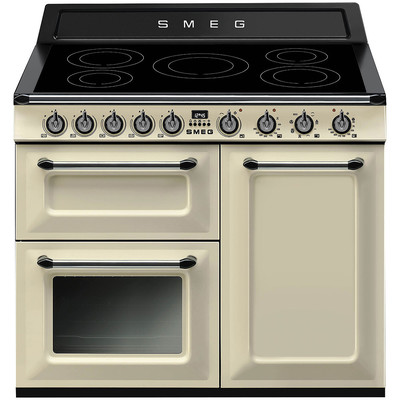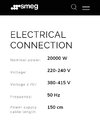The OP was already aware of the MIs, but nevertheless asked if it might be possible to use the existing 6 mm² cable - and, as far as I can see, electrically speaking, the answer is almost certainly 'yes'.Manufacturers instructions.........If not followed and appliance gets a fault they will just blame the sparky
After application of diversity, Method C 6 mm² cable can serve a cooking appliance 'rated' at about 133 A - about 30.6 kW at 230V, but would probably be sold as a "33.3 kW" cooker (at 240V). I've never personally come across a domestic cooker with even remotely as great an electricity requirement as that ... and remember that that the OP's entire installation may well only have a "80A supply".
Kind regards, John



